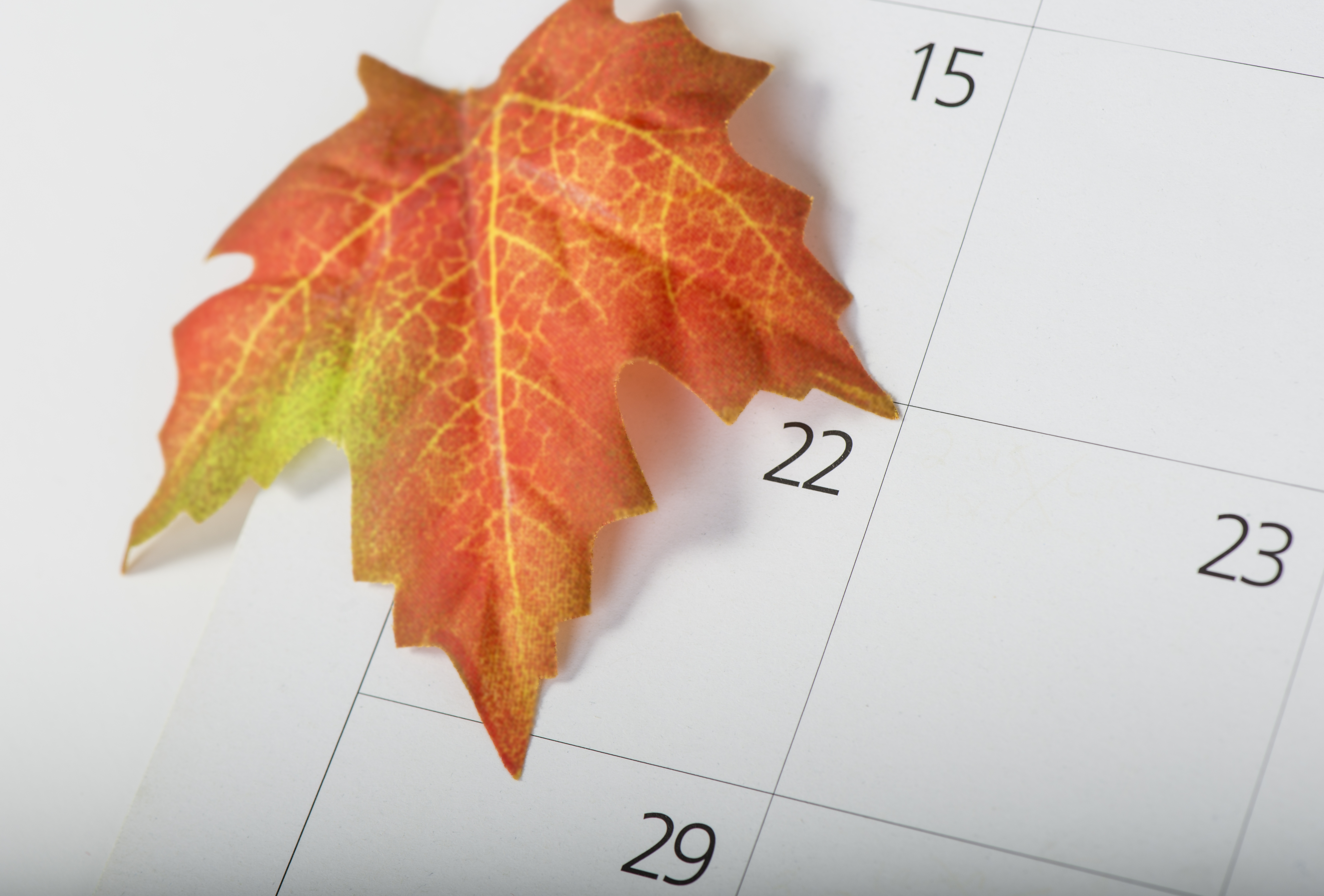
The fall has arrived. Yes, the most popular season of the year has arrived once again, which means it’s time to break out the sweaters and eat something pumpkin flavored (at least once).
Why do we love fall so much? Is it the colors of the season? Is it the weather? Is it the sense of change? Probably all of those and none of them, but anyone can make that decision on September 22.
- Fall runs from September through December
Anyone not a fan of pumpkin spice season? You might be shocked to discover that fall lasts much longer than September and October.
To be more specific, fall begins on September 22 when the autumnal equinox occurs. After that, the sun will start to rise later in the morning and set much earlier in the evening. The fall season will last until December 21, at which point winter takes over.
This might be confusing for anyone using commercial advertisements and store decorations as the indicators of seasonal change. If one were to judge the fall based on the arrival of Halloween decorations, for example, they might believe fall starts in mid-August. By that metric, many stores would also have you believe the Christmas holiday season runs from October through January.
In other words, it’s still the fall when the winter holiday season starts. Therefore, anyone that puts up Christmas decorations on November 1 doesn’t have any business shaming the pumpkin spice enthusiasts. But everybody can make fun of the people wearing Ugg boots.
- The Leaves Might Be Lying, Too
Aside from pumpkin everything, what are the traditional indicators of the fall season? Brisk weather, football, and autumn leaves tend to be the usual answers, but depending on where you live, football might be the only true fall activity. Nobody living in South Florida gets to enjoy brisk weather in September, and the leaves don’t automatically turn orange and brown on September 22.
Changes to the foliage do not actually occur because of a change in weather conditions. In fact, they change color primarily because of the amount of daylight the trees get. As the autumn days grow shorter, the reduced light can trigger chemical changes in certain plants. A kind of wall forms between the plant’s branch and the leaf stalk, which cuts off the line that feeds nutrients and water to the leaf. This serves to eventually cause the leaf to fall off the tree while eliminating the chlorophyll in the leaf, which causes the loss of the green leaf color.
As noted, this type of radical leaf color change only occurs in certain plants. Whenever you see a photo of some fantastic fall foliage, you’re probably looking at a deciduous tree. So if you’re somewhere in the southern United States and you see a tree with orange foliage in late September, you’re probably looking at a fake Halloween tree. Or a dead tree.
- But Things Are Happening
While the brisk weather might not be making an appearance in every state, the fall traditionally enjoys a reputation of being a time of change and activity: schools start up, football season begins, travel costs go down, new television shows arrive, and things seem to be happening all the time.
Even now, with so much uncertainty about the future, the arrival of fall can offer some enthusiasm for what happens next. If the seasons can change, so can everything else.

